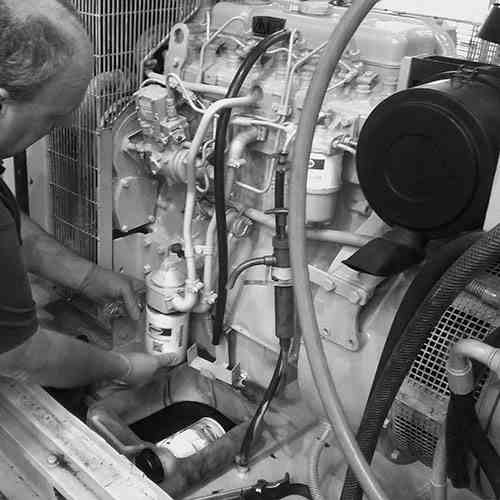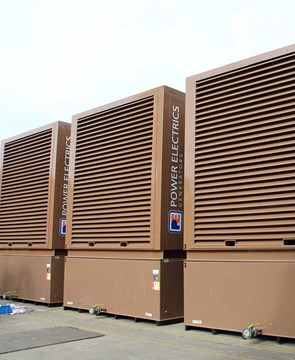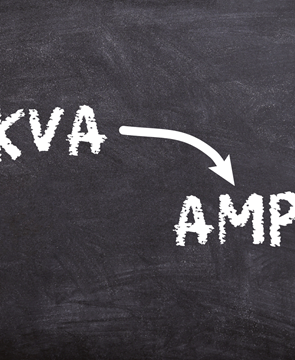How to Prevent Wet Stacking
First used more than a century ago, diesel engines have been developed and improved further over the years, finding use in several applications including diesel generators. Whilst they are renowned for their reliability, power, and durability, they aren’t invincible to complications such as wet stacking. In this blog post we will give you tips to prevent wet stacking from happening.
What Causes Wet Stacking?
Wet stacking can occur on diesel engines where not all fuel has been burnt in the combustion process, and the unburnt residue therefore goes into the exhaust side of the turbo and into the exhaust system. “Stacking” comes from the term “stack” for exhaust pipe or chimney stack. The oily exhaust pipe is therefore a “wet stack”.
When unburnt fuel flows from the combustion chamber, it builds up in the exhaust system and fouls injectors while at the same time leading to the build-up of carbon on the exhaust pipes, turbo charger and exhaust valves. The main cause of wet stacking therefore is diesel fuel not being properly burned off during use. This is due to the generator being run off load and effectively on idle.

To run at its maximum efficiency, diesel generators must maintain a designated operational temperature to have a complete fuel burn. When the diesel engine is operated on light loads, it’s unable to attain this temperature. If operated below the designated operating temperature for long periods of time, wet stacking will occur. Other causes of wet stacking are; allowing the generator to stay unused for a long period of time, operating the generator with the incorrect air-to-fuel ratio, and running the generator with too much or too little diesel fuel.
When engines run below the designed operational temperature, the piston rings do not expand sufficiently to seal the space between the pistons and the cylinder walls. Consequently, unburned fuel and gasses escape into the oil pan and dilute the lubricating properties of the oil, leading to premature engine wear.
Can I Fix Wet Stacking?
At the early stages of wet stacking, burning any unburnt fuel using a load bank can solve the problem. However, if wet stacking has occurred for a long period, it may require carrying out an engine rehaul to resolve the issue.
How Do I Prevent Wet Stacking?
The best way to prevent wet stacking is by ensuring that the generator is run on load with at least 75% of its maximum load capacity so that it reaches its optimal running temperature. This can be done by using your facility's power load or through an external load bank.
To prevent wet stacking, ensure the generator is run for a few minutes once a week, run it with an electrical load that reaches the set operational temperature, and ensure the generator is regularly inspected and serviced by a professional.
Why is Wet Stacking Bad?
Wet stacking produces a lot of smoke emissions – many urban areas restrict high levels of smoke emissions because of the detrimental effect it has on the environment. An excessive amount of wet stacking will shorten engine life by several years, costing you financially in the meantime for repairs and such. Excessive deposits can result in a loss of engine performance as gasses bypass valve seating’s, exhaust build-up produces backpressure, and deposits on the turbo blades reduce turbo efficiency.
If you’d like to get in touch with a member of our generator service team, please contact us today.




